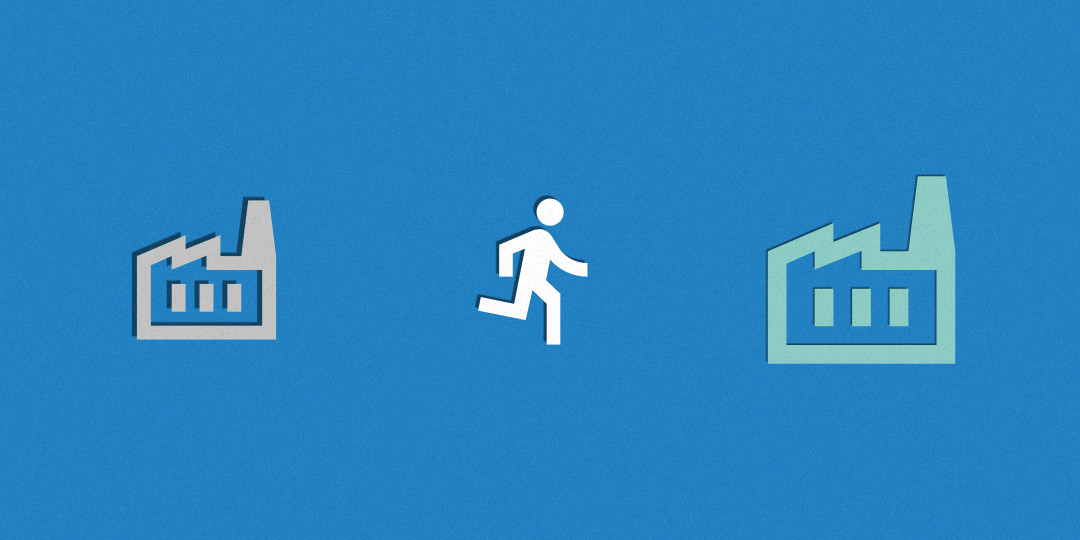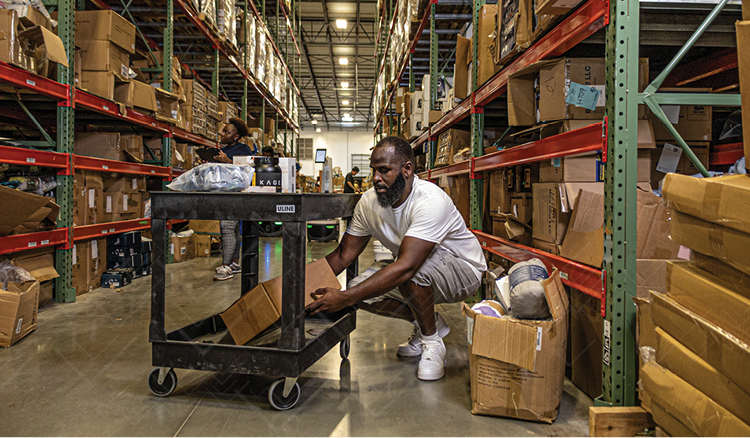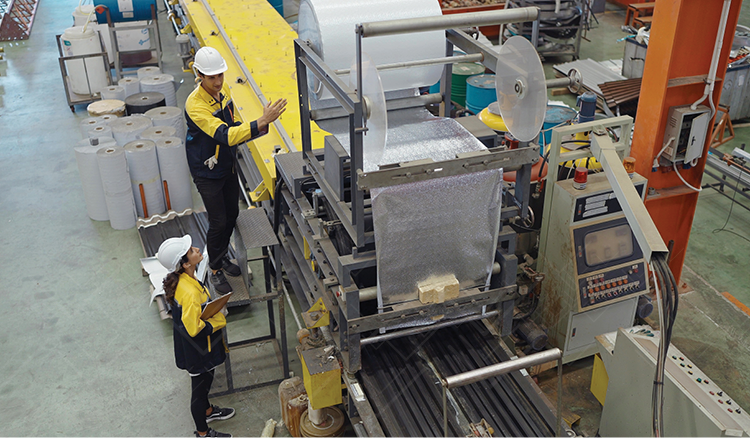How to Address the Dutch Disease in a Local Workforce
Local workforces are a microcosm of the overall state of the labor market. In a tight labor market, the local workforces often feel it most strongly. When a large employer moves into town, this often causes a shift in the workforce that can be quite disruptive. A concept known as the Dutch Disease can reveal some insights into how to deal with this issue.
At Veryable, we provide an on-demand labor platform to enable businesses to match their labor capacity to demand in real time. We have seen the positive impact that building a shared pool of flexible labor can have on a community’s businesses, so we’re sharing what we’ve seen with you in this article.
In this article, you’ll learn how the concept of Dutch Disease can teach us what we can do about disruptions to a local workforce.
What is Dutch Disease?
In economics, the Dutch Disease is a term describing the rapid growth of a specific sector or industry resulting in the steep decline in other sectors or industries. The phrase is commonly used when a country relies too heavily on the natural resource industry and leaves other industries, like manufacturing, to struggle.
This phrase was first used in the 1970s to refer to the discovery of natural gas deposits in the Netherlands in the decade prior. The massive exports of oil and increase of wealth made Dutch currency stronger, which made non-oil exports more expensive and less competitive on the world market.
We can learn from this example if we apply the same thinking to a local workforce. Relying on one employer would create a similar situation in which the community seems like it is thriving for a time, but all other local businesses suffer and the city eventually becomes a ghost of what it once was. You don’t have to look further than former auto manufacturing hubs to see how drastically a city can change when the big companies they rely on move away.
What does Dutch Disease Look Like in a Local Workforce?
We often see this “disease” occur in a region's workforce. A large employer (Company A) moves to an area with a smaller population with an already low unemployment rate.
This is exciting news for the area, as Company A will bring high wages and many job opportunities.
This is not-so-great news for the other employers in the area who are already struggling to find the workers they need.
When this happens, we usually see one of three outcomes.
Outcome 1: The region does nothing and loses businesses
Often, the affected region does nothing, and many of its organizations will close their doors or move away.

Nobody sets out with this outcome being the goal, but unfortunately we’ve seen this happen time after time when there isn’t a strong effort to help keep businesses in the area.
Outcome 2: Regional groups incentivize workers to move to their area or stay and work
Multiple groups in the region will try to build up their work-aged population with incentives to move, marketing to non-residents, etc.
One example of this is when Amazon comes to town. Amazon rapidly puts upward pressure on wages and disrupts the local labor market, and is actually a net destroyer of jobs. We don’t hail jobs as the ultimate work relationship, but the point is that a large entrant into the local labor market can cause a disruption that your local businesses will need a way to respond to.
This is what drives many community leaders and how most of their time is spent. It’s a great option and should continue in every community, but it’s not always enough to help these existing businesses quickly enough to stay.
Outcome 3: Regional businesses work together to build a shared flexible pool of labor
Businesses can use the same source of on-demand labor to build up a flexible pool of talented workers they can all benefit from.
With the help of community leaders leading the charge, a flexible labor pool can happen extremely fast (within days/weeks). This can give businesses the immediate help they need while the area builds up its workforce from other resources.
How to address the Dutch Disease in a local workforce
The Netherlands have shown us the best example in reversing the issue. It took decades, but through increasing incentives to return to the workforce, the country has slowly returned to a “participation society” per the Netherlands’ King Willem-Alexander in a 2013 address to Parliament.
The takeaway from this example is that through meeting workers where they are, you can build a strong local workforce. People want to work, but they increasingly want to do so with more control over when and where they do it. Offering flexibility and other incentives can be a huge draw for workers to choose local businesses and participate in the local economy.
Potential solutions to Dutch Disease in a local workforce
- Attract new workers from outside the community
- Attract commuters into working locally
- Encourage part-time work at multiple companies
- Build a shared flexible labor pool
Attracting workers to commute to your community or stop commuting out of it are expensive solutions that will only last so long.
Encouraging part-time work at multiple companies within the community might be difficult, because workers often do not have control over their schedules and would have to worry about schedule conflicts between the different jobs.
The attraction of flexibility and control for workers has grown rapidly in recent years. So why aren’t more companies looking into the opportunities to deploy flexible labor?
It’s challenging for a standalone business to successfully build out this flexible pool of labor. If multiple businesses in an area find flexible labor by using the same platform, they can build a common pool of workers.
As local businesses and community leaders commit to building out this flexible asset, it gives the workforce more options for work while giving them the flexibility and control they want.
The future workforce is here, banging on your door to help alleviate the workforce issues your community and businesses are dealing with. It’s time to adapt to the future of work.
Get started improving the labor force participation rate and productivity of your community today.
Previous Posts
How Policy Constraints, Not Just Production Bottlenecks, Threaten Your Bottom Line
The Future of Manufacturing and Logistics
Create a free business profile today to explore our platform.






